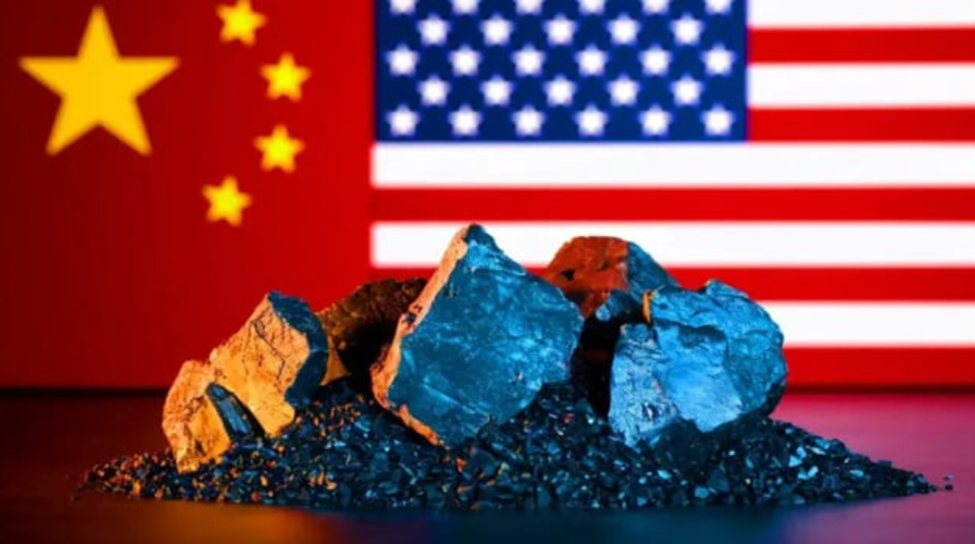India Races Ahead in EV Growth, but Local Manufacturing Still Faces Key Hurdles
- InduQin
- 2 days ago
- 3 min read

India’s EV market is growing fast, but most models still rely on imported components, especially from China, causing few to qualify for PLI incentives. Only six models meet domestic value‑addition norms. Despite challenges in localising batteries, motors, and electronics, strong government policies and rising domestic investment are steadily building a resilient, self-reliant EV manufacturing ecosystem.
India’s electric vehicle landscape is expanding rapidly, yet much of the ecosystem continues to lean on imported technology—particularly from China. A recent report highlights that only a small share of EV models currently sold in the country qualify for incentives under the government’s production-linked incentive (PLI) program, underscoring the early-stage challenges of building a fully indigenous supply chain. Still, India’s policy push and the growing strength of domestic automakers signal promising momentum toward long-term self-reliance.
According to data cited in the report, just six out of 46 electric vehicle models available in the Indian market meet the domestic value-addition benchmarks required for PLI benefits. These six—five from Tata Motors and one from Mahindra—successfully achieved the required local content levels. The remaining models carry imported content exceeding the thresholds set under the PLI scheme, with Chinese components forming the bulk of the gap.
The PLI framework for the automobile sector, introduced in 2021, mandates a minimum domestic value addition of 50 percent, with a slight relaxation to 40 percent for battery cell imports. The aim is to strengthen the local EV ecosystem, reduce supply chain vulnerabilities, and promote advanced automotive manufacturing in India.
Industry sources note that many global automakers operating in India currently exceed 60 percent imported content in their EVs. Models from companies such as JSW MG, Hyundai, Kia, BMW, Mercedes-Benz, Audi, Citroen, VinFast, Volvo, and even Tesla have yet to meet the thresholds needed to qualify for incentives. Interestingly, some upcoming EVs from Tata and Mahindra also fell short, reflecting the broader challenge of building EV-specific supply lines domestically.
Manufacturers explain that India’s EV supply ecosystem is still developing, especially when compared to the well-established infrastructure supporting internal combustion engine (ICE) vehicles. With EV sales still in their early stages, suppliers often find it economically difficult to localize production without large-scale demand to support investment.
Much of what automakers import today includes essential components like lithium-ion cells, semiconductor parts, rare earth magnets, laminated stators, motors, power electronics, printed circuit boards, and various connectors and relays. These components are crucial for smooth EV performance but continue to be sourced primarily from China and Taiwan due to their manufacturing dominance.
The government’s PLI initiative aims to transform this dynamic by promoting 50 GWh of domestic battery manufacturing capacity with significant value addition over the coming years. However, building facilities capable of producing sophisticated EV components—especially advanced cell chemistries—requires major capital investments and technological expertise, which means progress is gradual.
Industry analyses emphasize that India has a strong foundation for automotive manufacturing and major advantages in scaling production sustainably. The disruptions triggered by the pandemic and global geopolitical tensions have further highlighted the importance of self-sufficient supply chains, particularly for EVs where electronics and battery-related parts represent more than half the vehicle’s value.
Some EV components, such as motors and stators, are being assembled in India, but many rely heavily on imported sub-parts. Certain technologies—like rare earth magnets—remain almost entirely sourced from China due to limited global alternatives. Complex systems like battery management units and high-voltage electronics also require long-term commitments from tier-1 suppliers to fully localize.
Still, India is steadily moving forward. The government’s focused policies, coupled with growing domestic innovation and investment, are laying the groundwork for a robust EV ecosystem. The increasing involvement of Indian automakers and the potential for global suppliers to establish local operations create a pathway for India to emerge as a significant EV manufacturing hub.
While the present shows dependency on imports, the direction is unmistakably positive. With coordinated action between policymakers and industry, India is well on track to transform today’s challenges into tomorrow’s leadership—paving the way for a future where the country is not just a major EV market, but a global powerhouse in clean mobility manufacturing.







Comments